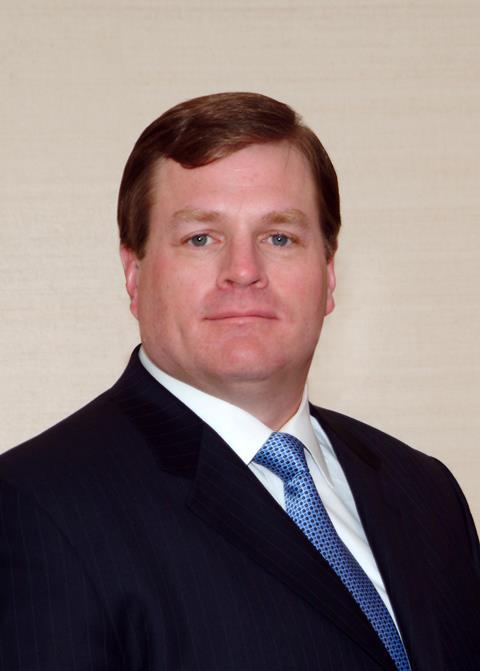The role of the risk advisor continues to evolve, according to Aon president and chief executive Greg Case

Everywhere we look the magnitude, complexity and speed of risk are increasing. When I talk to clients, they are not telling me that they no longer worry about managing their risk. They are not saying, “Greg, we have it all figured out.”
To the contrary: they know that the level of risk is rising. Their challenges are bigger than ever. The obstacles to achieving their business objectives and seizing opportunities for growth are more numerous and complex.
Even without the uncertainty that is caused by natural catastrophes, economic slowdown or legislative and regulatory changes, companies are operating in a more challenging environment where the pace of change is unparalleled.
Simply put, clients are telling us their need for risk advice is greater than ever. Their demand for our collective capability is growing. The bar is rising for them and, in turn, for all of us as risk advisors. To maintain relevance, we must evolve faster than our clients around the topic of risk.
There is volatility in every market. Protecting people and property has become more difficult. Attracting and retaining talent is increasingly hard for businesses to do and do well. That is why the role of the risk advisor is so important in today’s global economy. As risk advisors, we have a tremendous opportunity to help our clients understand and manage their risks to protect against the downside and help them take risks that can generate growth and create a positive effect on their customers, employees and communities.
Certain brokers must have a greater focus on value creation. What does that mean and how do you quantify it? The best definition is a clear set of measures. For example, when we are effective in helping clients improve operating performance, strengthening their balance sheet and reducing volatility, we make a difference. We become more relevant to their success.
Organisations everywhere have a surplus of information and a shortage of insight. We are data rich, information poor and insight starved. Understanding how to measure and mitigate risk means using all the information, technology and expertise as one’s disposal.
Aon has strong conviction in respect of the need for evolution and change across our industry. We travel on this journey not by exhorting others to act, but by looking in the mirror. We start by demanding that we evolve at a rate faster than our clients are moving.
That is the driver behind the investment and development of Aon’s Global Risk Insight Platform (GRIP). We asked ourselves: “Wouldn’t it be great if we actually understood the global flow of risk?” and our clients said: “Yes.” GRIP provides fact-based insight into Aon’s over $11bn in global premium flow and makes the practical use of unique data an important part of the answer to client demands for innovative solutions.
Without a thorough and up-to-date understanding of the desired appetite for risk, syndicates and underwriters are not empowered with everything they could have to develop the solutions needed by clients. Through Aon GRIP Solutions, we hope to provide insurance carriers with the basis, the raw data for analytic insights regarding underwriting capabilities and advice to foster a better understanding of the risk landscape. To better match insurer capital with client need; thereby, using analytics to add value to clients and insurers alike.
Another example of needed innovation is capital. Clients are constantly looking for creative uses of capital and the UK market has been a constant source for innovative solutions. They want solutions that will enable cross-border trade and alleviate security concerns in addition to solutions that will help them seek rapid recovery and capital after natural catastrophes.
Innovation in this category includes the Berkshire Hathaway Sidecar that was launched in 2013. When Aon announced this initiative, we said that providing fast and efficient access for retail clients to AA+ rated capacity that was normally exclusive to reinsurance markets would be good for clients, good for London and good for Lloyd’s. The evidence shows that this was correct.
Client response has been positive. Sidecar has reinforced the value proposition of London and Lloyd’s. Premium volume placed by Aon clients into Lloyd’s increased three percent in 2013, which is actually 5% if you take into account our reduction in certain lines due to trade sanctions. Moreover, client premium growth into Lloyd’s is highest in the lines where Sidecar is most used.
The opportunity for risk advisors, brokers and our partners is bright. Our services and expertise are needed more than ever, but we cannot afford to be complacent.
Risk advisors must remain client-focused. We must provide a long-term prospective for clients and we must continue to invest in innovation. If we do not provide value to clients, we will not succeed and we will not survive.
The challenge for us and our opportunity is to become even more valuable advisers, because the world requires our expertise to manage the difficult challenges before us.




















No comments yet